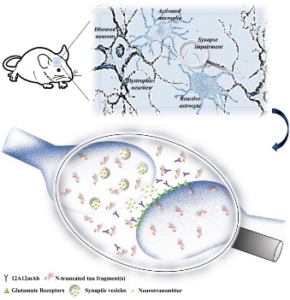Archive for month: March, 2023
Molecular origin of the two-step mechanism of gellan aggregation in Science Advances
ISC researchers in collaboration with the University of Ferrara and University of Rome Tor Vergata recently published a beautiful research work, Molecular origin of the two-step mechanism of gellan aggregation, on Science Advances. The work provides the first microscopic overview of gellan aggregation detecting the coil to single-helix transition at dilute conditions and the formation of higher-order aggregates at high concentration.… Read the rest
Heat flow on the nanoscale in La Rivista del Nuovo Cimento (2023)
ISC researcher Stefano Lepri and ISC associate Roberto Livi coauthored an interesting review article showing how heat flow is different on the nanoscale.
G. Benenti, D. Donadio, S. Lepri and R. Livi, Non Fourier heat transport in nanosystems, La Rivista del Nuovo Cimento (2023)
… Read the restEnergy transfer in small nano-sized systems can be very different from that in their macroscopic counterparts due to reduced dimensionality, interaction with surfaces, disorder, and large fluctuations.
Seminar by Simone Felicetti on March 14th 2023.
We are pleased to announce a seminar by Dr.Simone Felicetti, from CNR Rome, Italy.
The seminar will be held in Sala Lauree on Tuesday March 14, 2023, 3:00 PM.
Waveguide QED with Quadratic Light-Matter Interactions
… Read the restAbstract
Quadratic light-matter interactions are nonlinear couplings such that quantum emitters interact with photonic or phononic modes exclusively via the exchange of excitation pairs. Implementable with atomic and solid-state systems, these couplings lead to a plethora of phenomena that have been characterized in the context of cavity QED, where quantum emitters interact with localized bosonic modes.
Brain sciences and the R words
ISC researcher Roberto Coccurello co-authored an interesting article on Brain Communications Passive immunotherapy for N-truncated tau ameliorates the cognitive deficits in two mouse Alzheimer’s disease models . The work was recently selected for the collection Brain sciences and the R words for its rigor, reproducibility and quality of the statistical analysis.
 Clinical and neuropathological studies have shown that tau pathology better correlates with the severity of dementia than amyloid plaque burden, making tau an attractive target for the cure of Alzheimer’s disease.… Read the rest
Clinical and neuropathological studies have shown that tau pathology better correlates with the severity of dementia than amyloid plaque burden, making tau an attractive target for the cure of Alzheimer’s disease.… Read the rest
